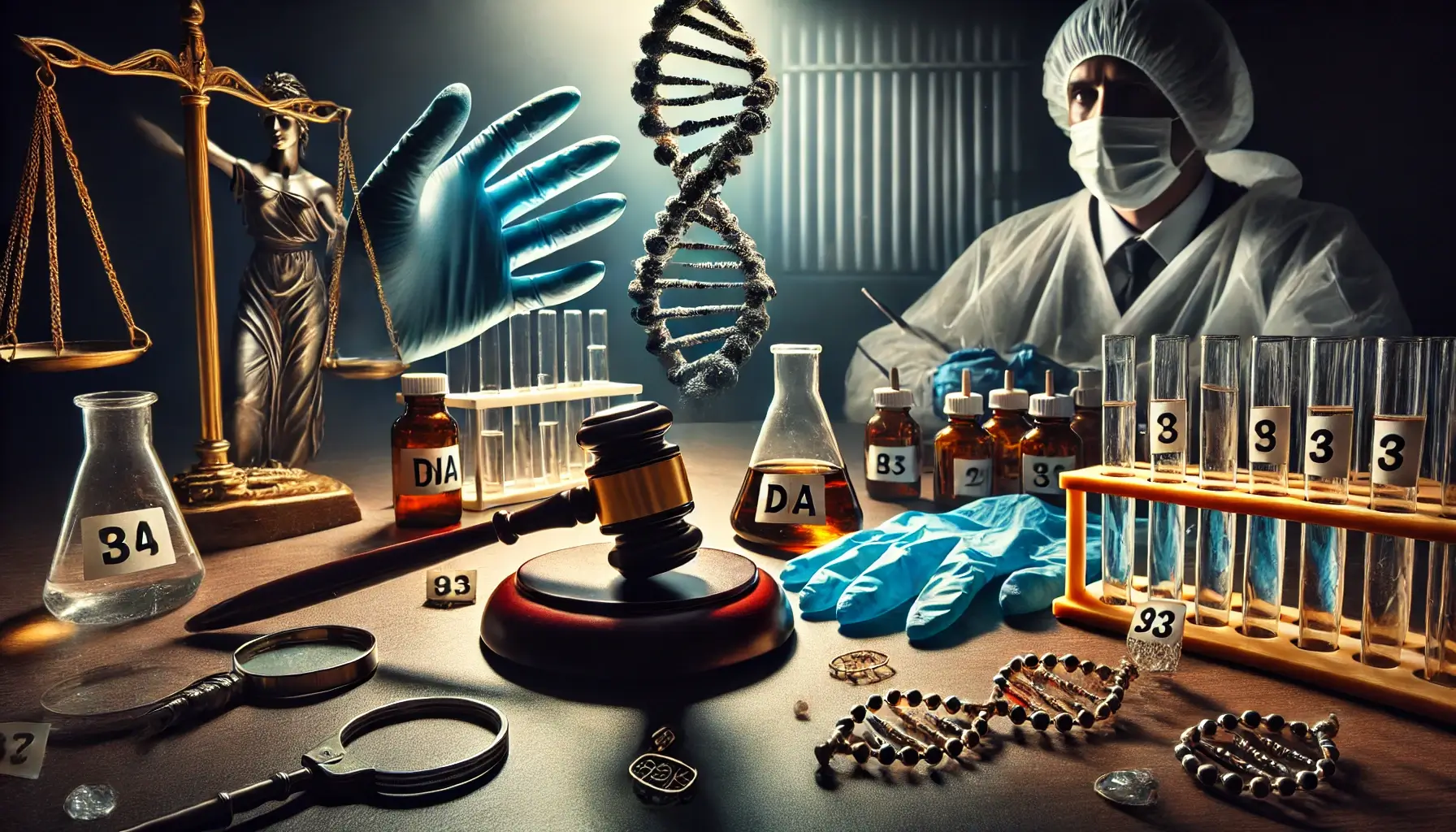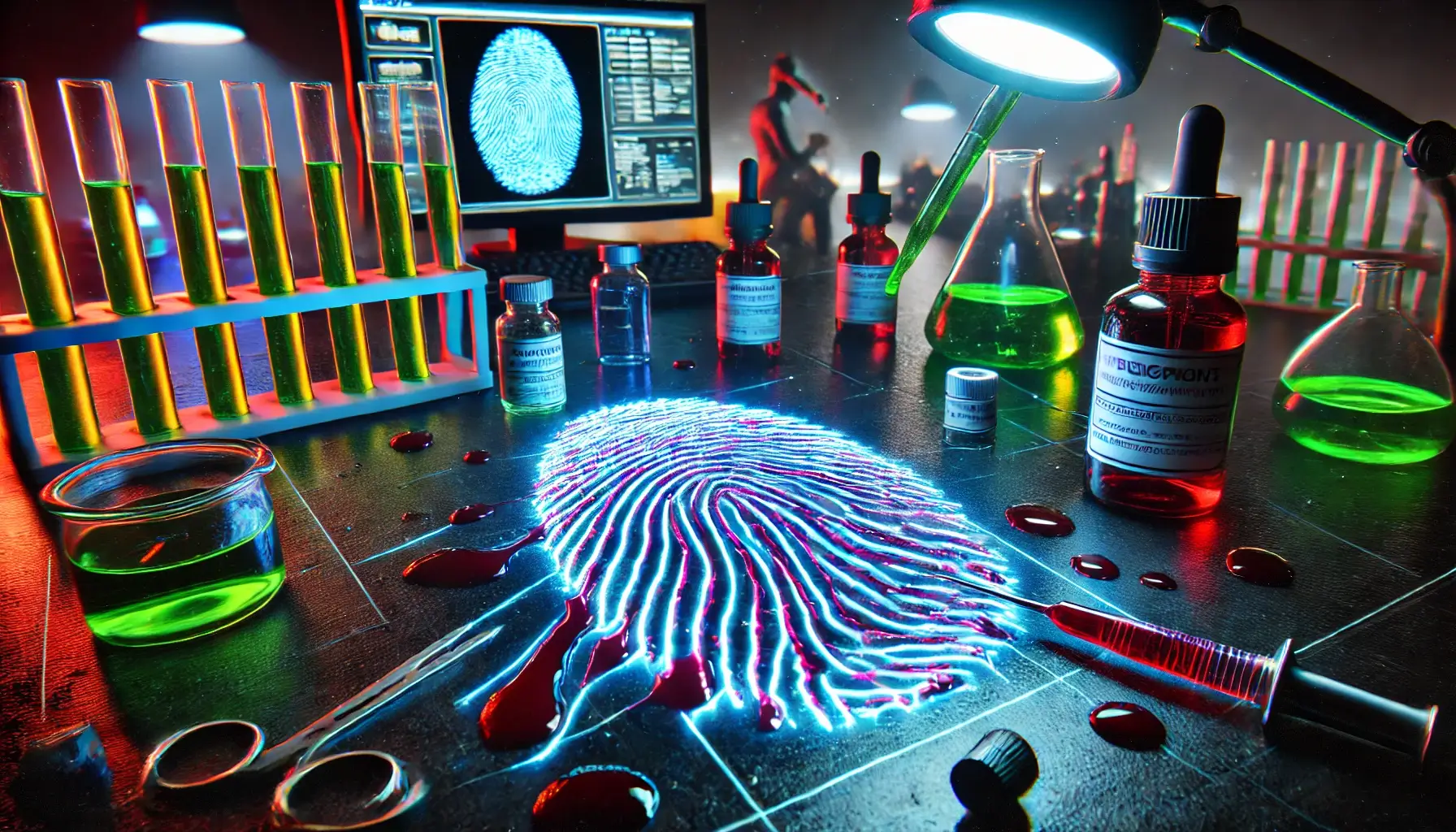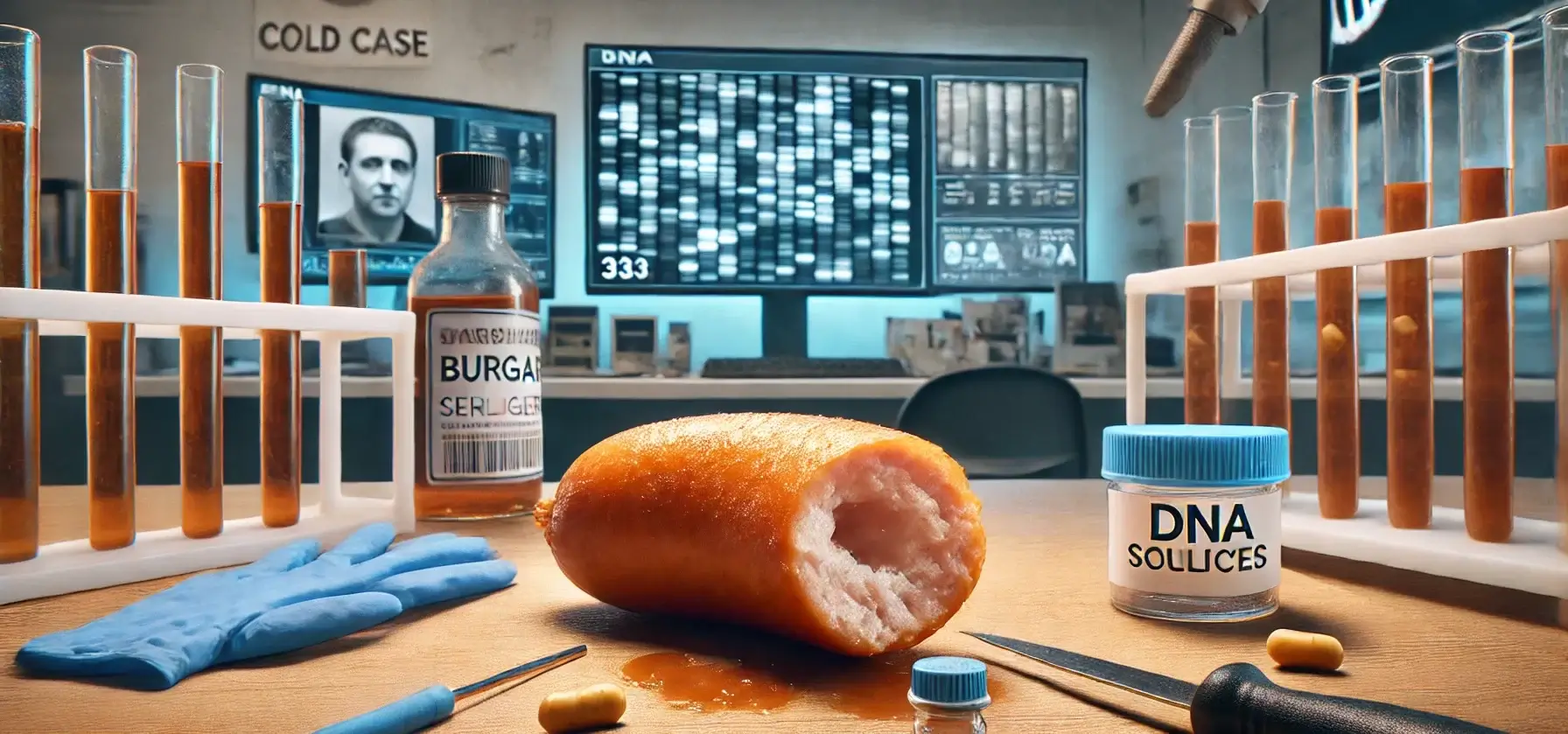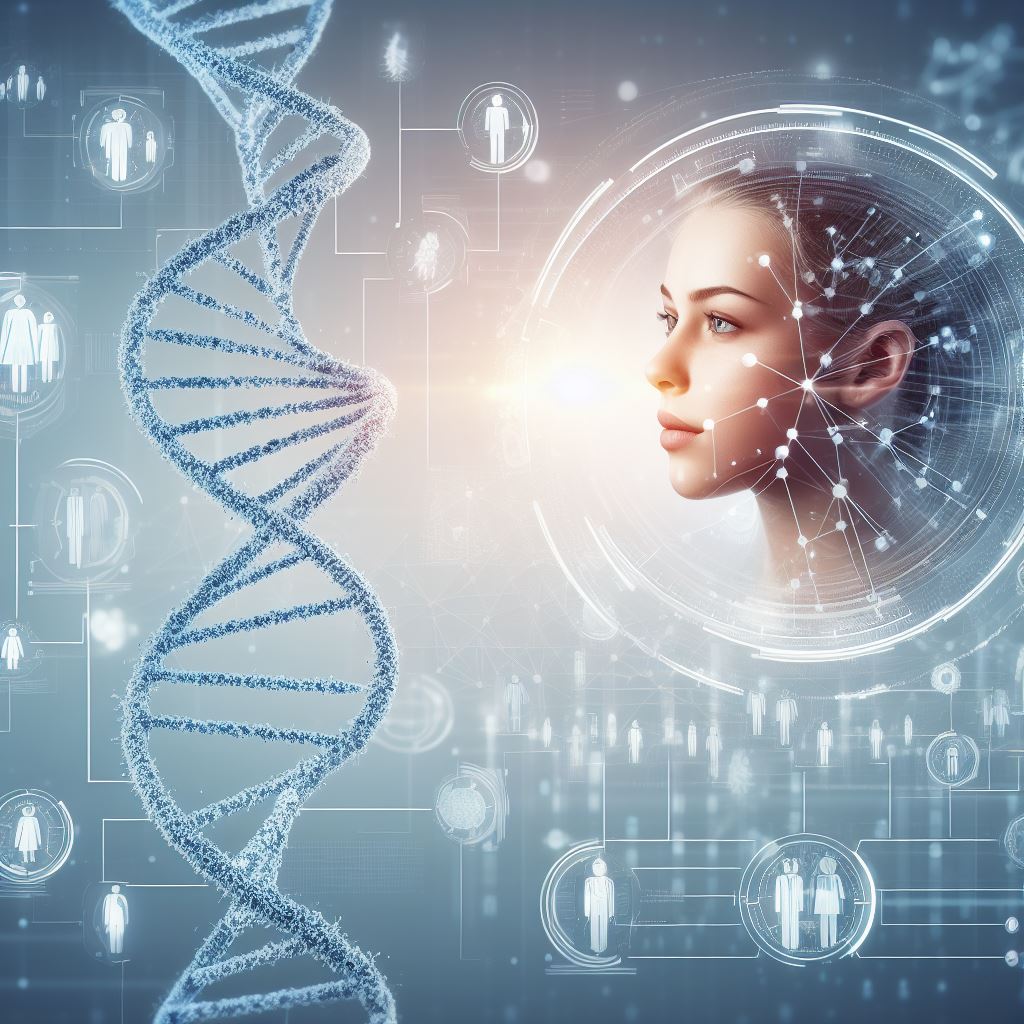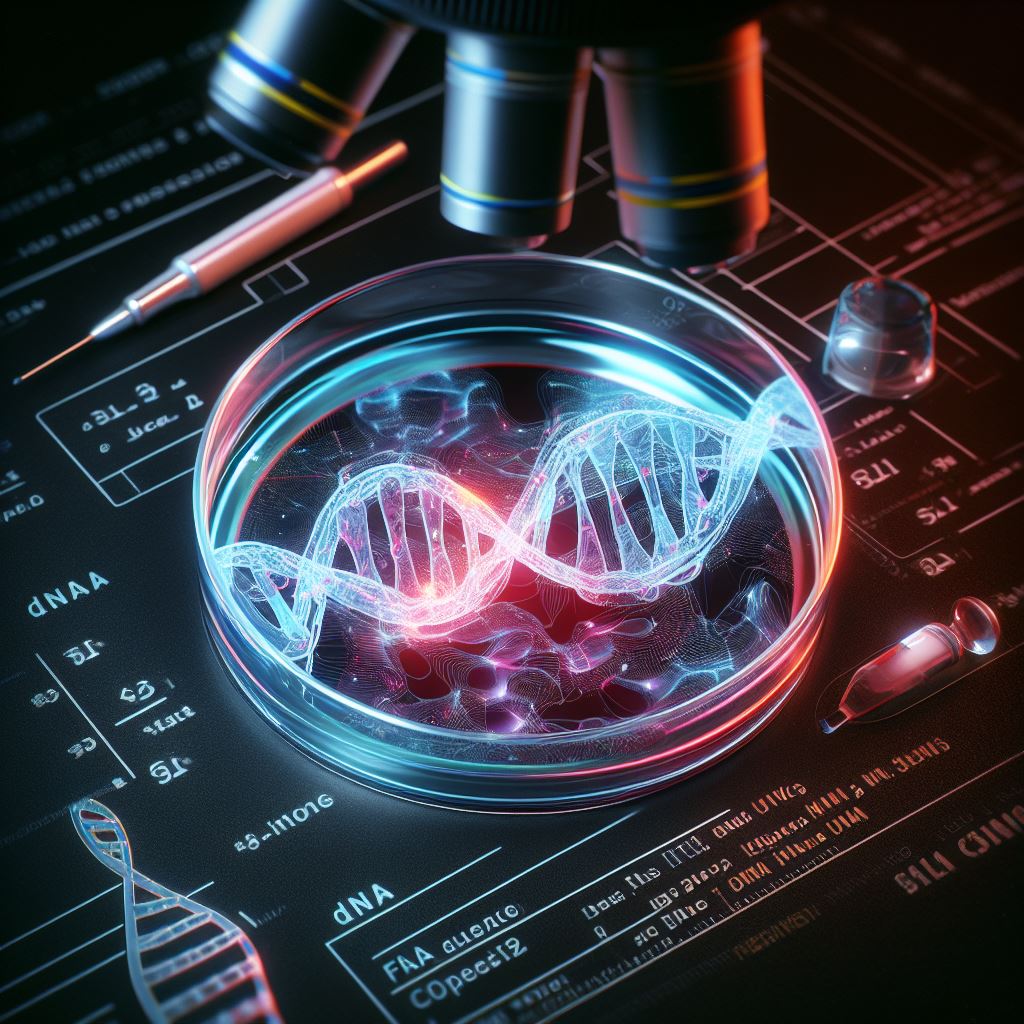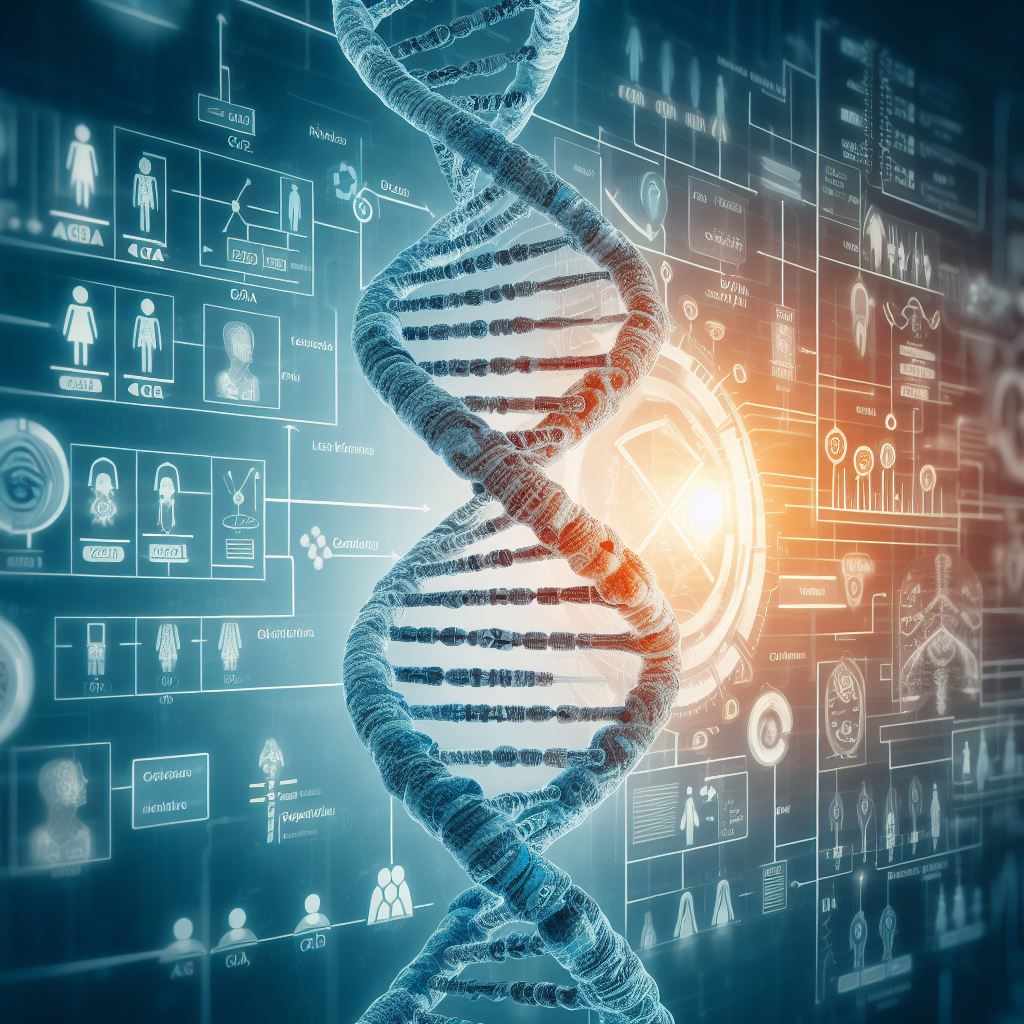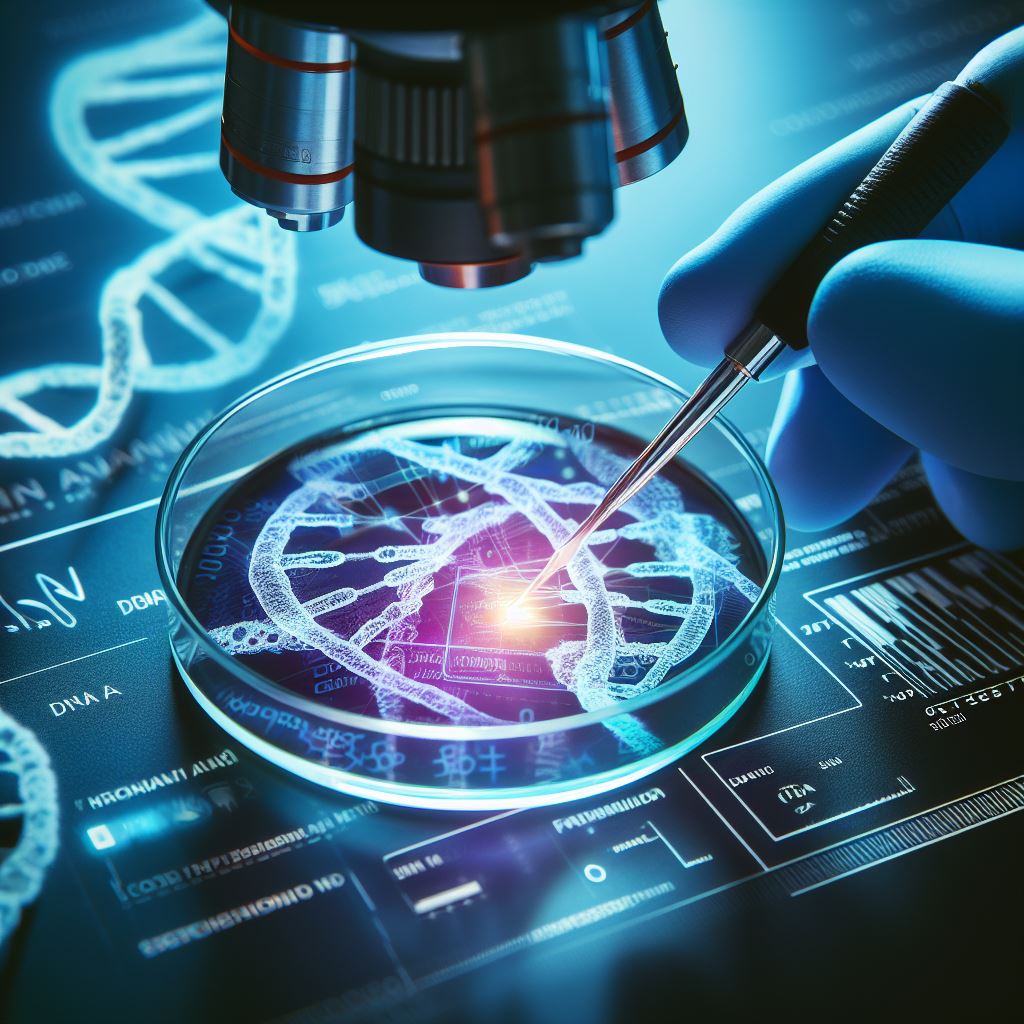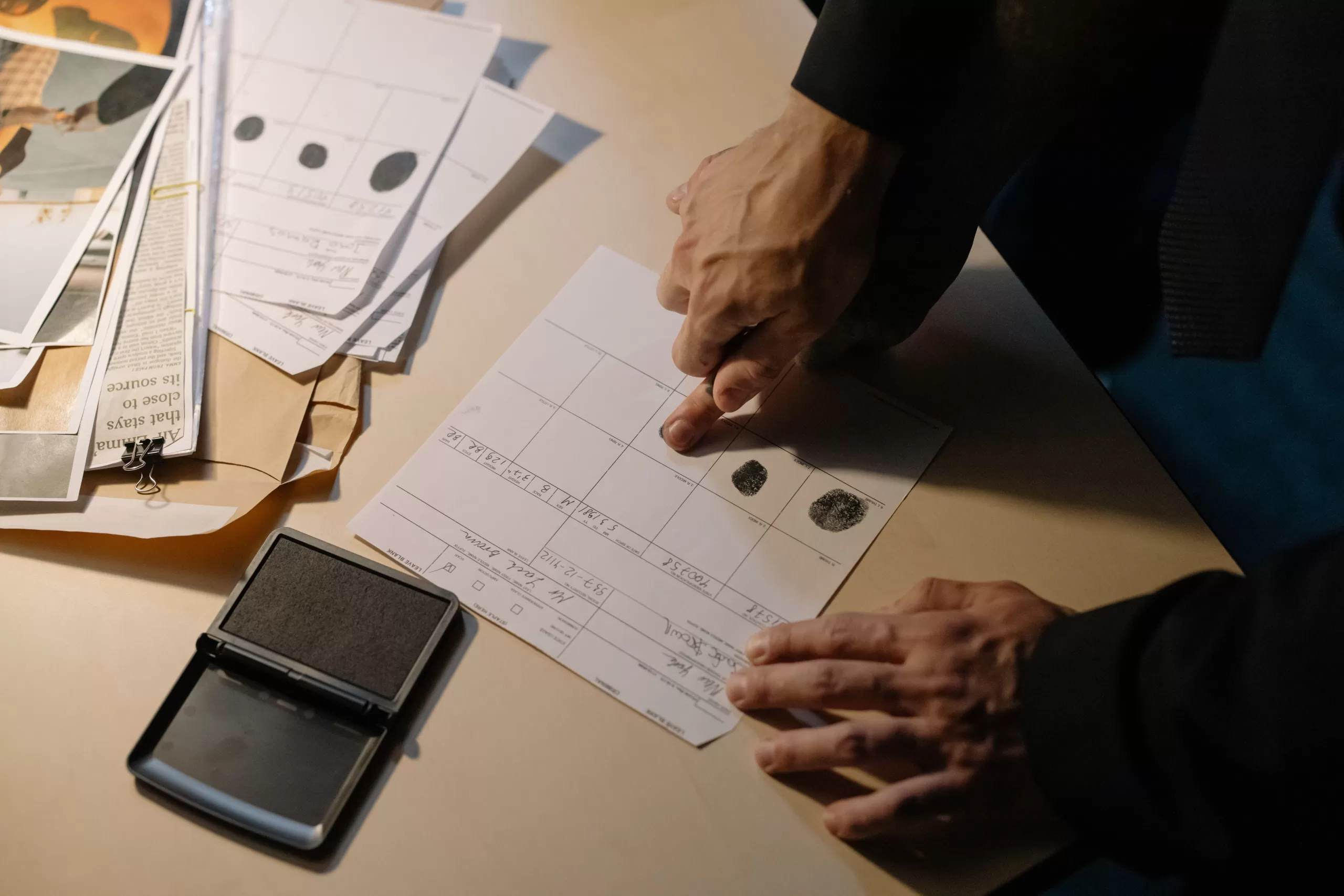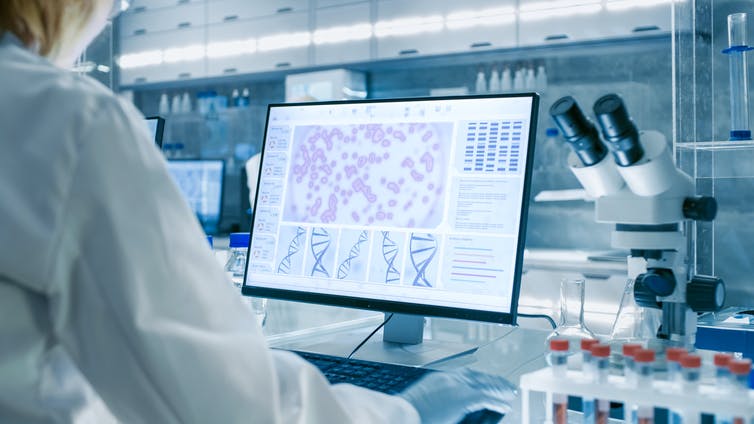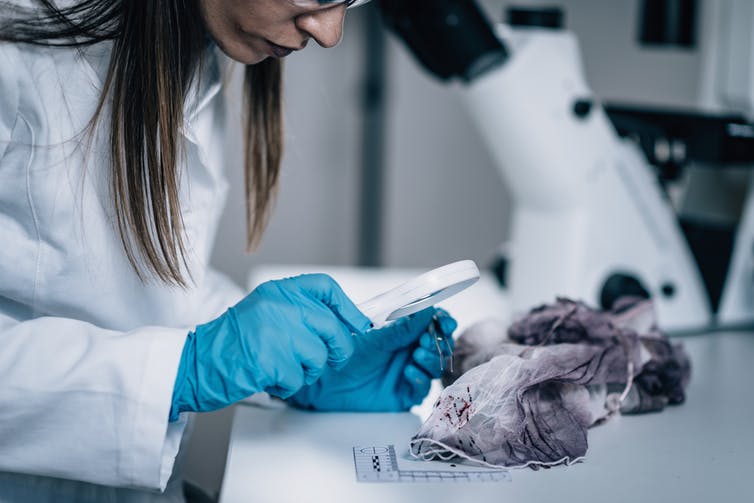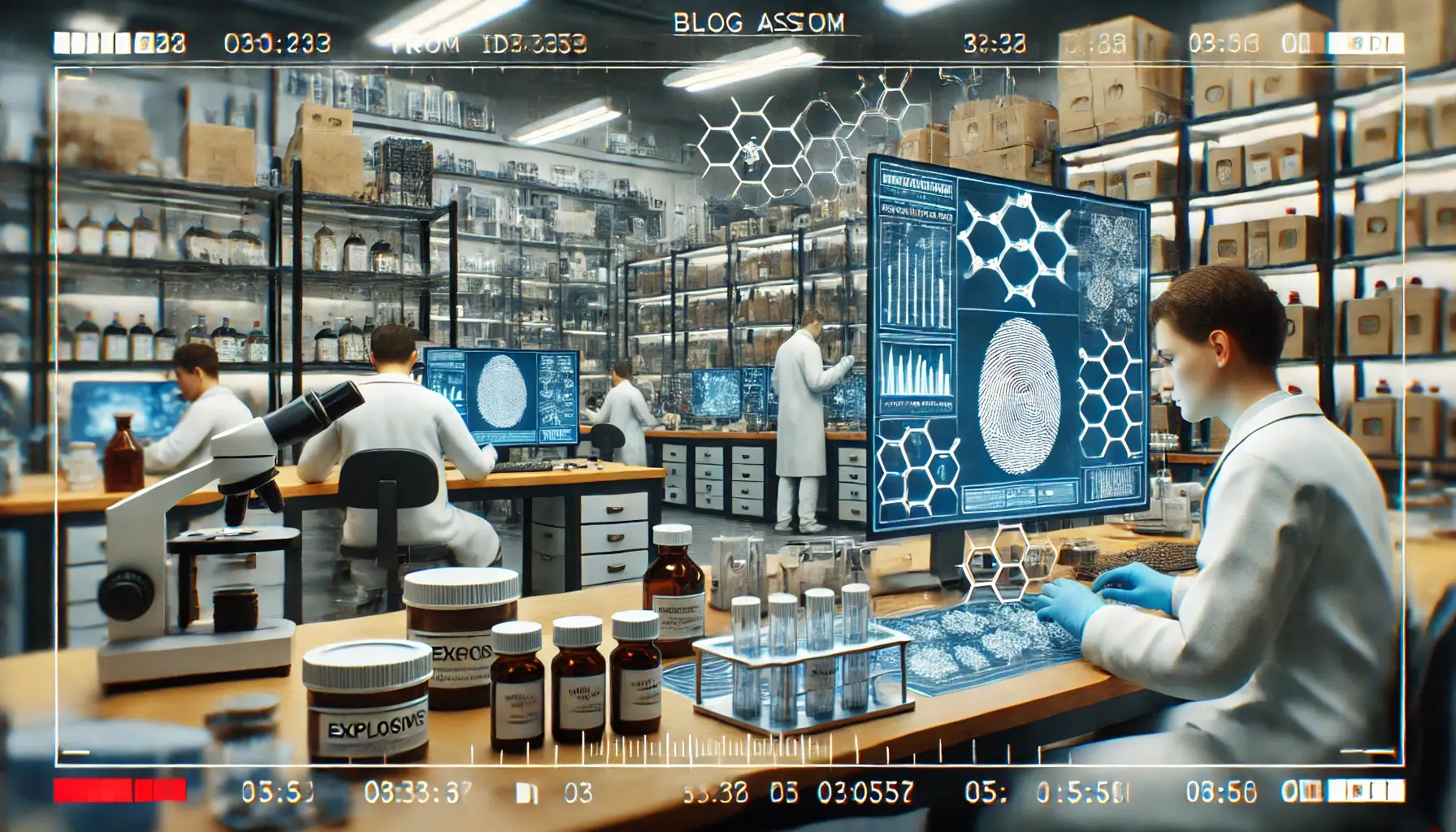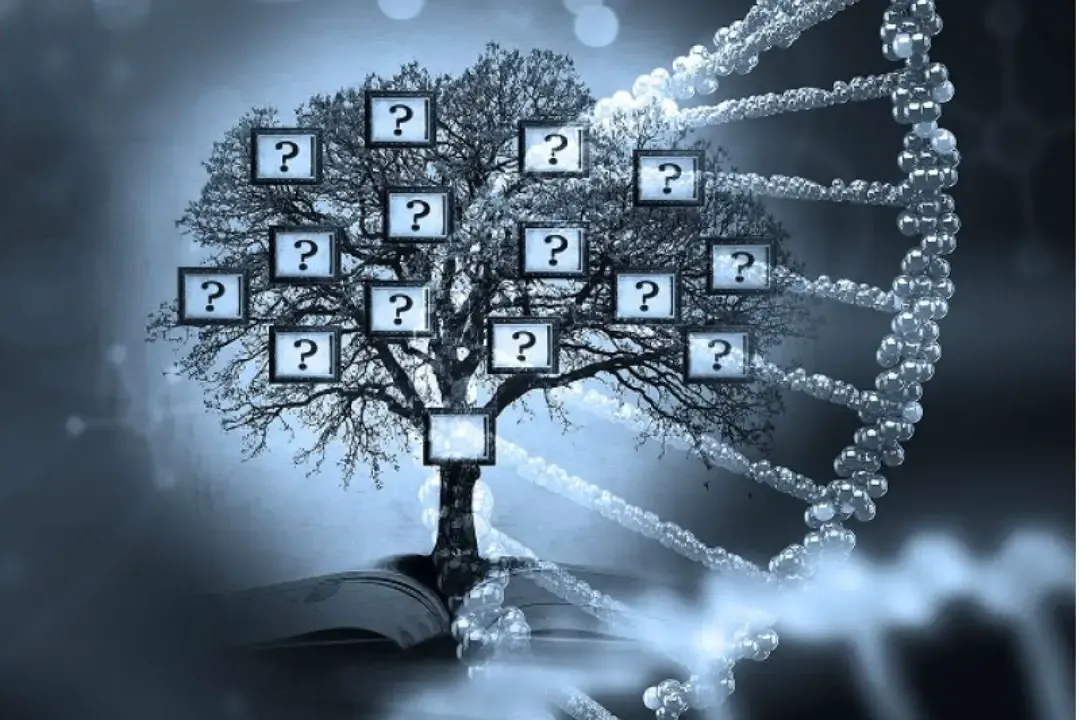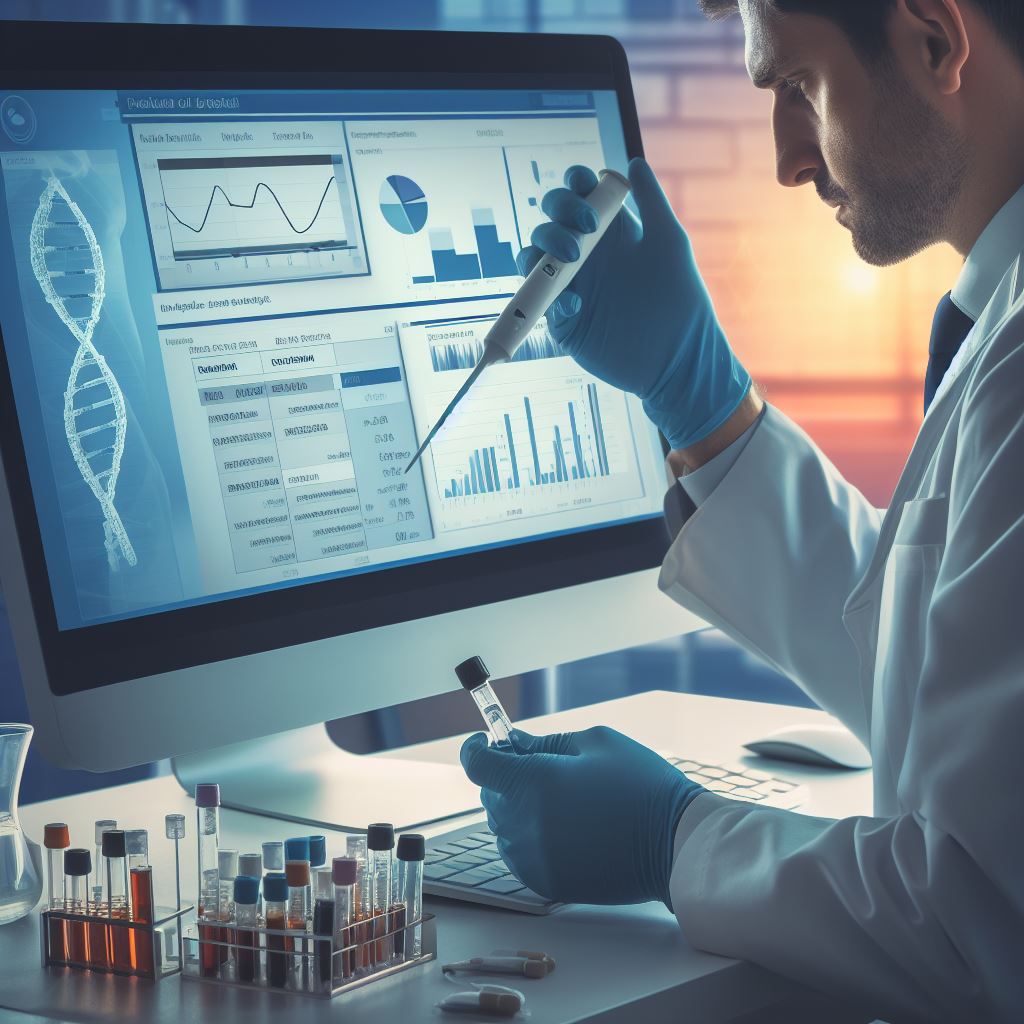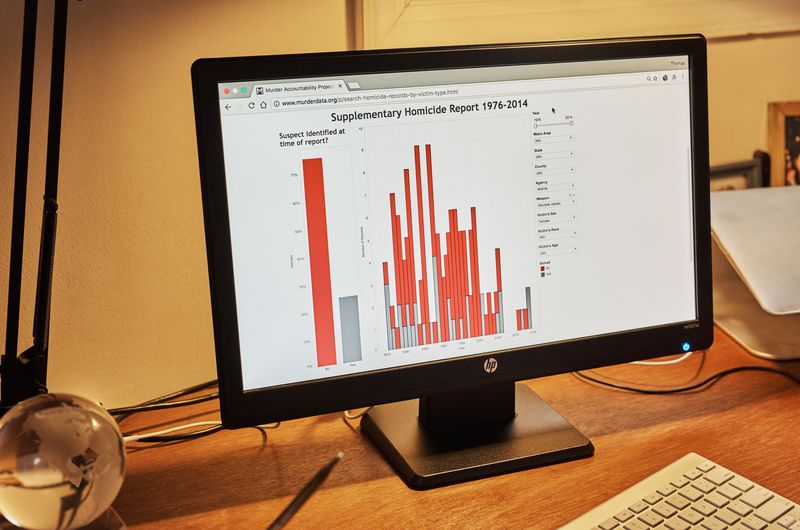New Polymer-Based Technology for Visualizing Latent Blood Fingerprints
A new fluorescent polymer-based technique allows for highly sensitive and nondestructive visualization of latent blood fingerprints, even on challenging surfaces. Learn how this breakthrough technology…
The Curious Case of the Sausage-Nibbling Burglar: How DNA Solved a Cold Case
In 2012, a burglar in Germany left behind an unusual clue—a half-eaten sausage. Nearly a decade later, DNA from the sausage helped solve the cold…
Combining Genetics with genealogy to identify the dead in unmarked graves
Discover how combining genetics with genealogy can identify individuals in unmarked graves, with significant implications for historical research, military identification, and public health.
‘Environmental DNA’ Lets Scientists Probe Underwater Life
Discover how environmental DNA (eDNA) technology is revolutionizing marine biology, enabling scientists to study underwater life more efficiently and non-invasively.
Man pleads guilty in 1980 murder for Colorado’s first conviction through genealogy testing
Discover how forensic genealogy helped solve a 1980 cold case murder in Colorado, leading to the conviction of James Curtis Clanton.
Forensic Genealogy Helps Crack 21-Year-Old Cold Case.
Discover how forensic genealogy helped crack a 21-year-old cold case in Cumberland County, solving the mystery of 'Baby Michael' and leading to the arrest of…
45 years in prison for assault case solved with genealogy
Discover how forensic genealogy led to the resolution of a 2012 sexual assault case, resulting in a 45-year prison sentence. Explore the impact of genetic…
Tennessee Man Charged in 1992 Slayings of Woman, Daughter, 4
Discover how advanced DNA technology led to the arrest of Victor Lofton for a 1992 double homicide in Indiana, highlighting the transformative power of forensic…
Forensic Genomics: Blazing New Trails in Solving Cold Case
Explore how advances in forensic genomics and genetic testing are revolutionizing the resolution of cold cases, with insights from the newly launched journal, Forensic Genomics.
Majority of People Unwilling to Share DNA, Trust is Low
Explore insights from the largest-ever international survey on genomics, highlighting public distrust in sharing DNA for research and its implications for forensic applications.
Latent Fingerprint Specialist Breaks Open 20-Year-Old Sexual Assault Case: A Breakthrough in Forensic Science
Discover how a latent fingerprint specialist solved a 20-year-old sexual assault case, highlighting the advancements and importance of forensic science in solving cold cases.
AI could revolutionise DNA evidence – but right now we can’t trust the machines
DNA evidence often isn’t as watertight as many people think. Sensitive techniques developed over the past 20 years mean that police can now detect minute…
Forensic breakthrough helps explain how innocent people’s clothing fibres could end up at crime scenes
New forensic research shows that fibres can transfer without direct contact, raising critical questions about fibre evidence in criminal cases. Learn more about this breakthrough.
From Identification to a Chemical Fingerprint for Explosives in Forensic Research
Explore Karlijn Bezemer's groundbreaking research on the chemical profiling of explosives, enhancing forensic investigations and public safety. Learn about her methods and their implications.
How Genetic Forensics Helped Convict The Golden State Killer
Explore how genetic forensics helped convict the Golden State Killer and the ethical and privacy concerns it raises. Learn about the technique and its implications.
SNPs Over STRs in Familial Testing to Minimize Errors
Discover how high-density SNP panels can enhance the accuracy of familial testing in forensic science, reducing errors compared to traditional STR technology.
Cloud Computing Challenges in Forensic Science: Insights from NIST
Explore the NIST report on cloud computing challenges in forensic science, highlighting critical areas of focus and proposed solutions for reliable forensic investigations.
How Data is Transforming Crime Solving
Discover how data analysis is revolutionizing crime solving, uncovering serial killers, and improving homicide clearance rates. Explore Thomas Hargrove's innovative work with the Murder Accountability…
Bone Proteomics: Revealing the Time a Corpse Spent Underwater
Explore how bone proteomics can reveal how long a corpse has been underwater, offering a revolutionary tool for forensic investigations.
DNA Evidence Exonerates Robert DuBoise After 37 Years in Prison
Man Exonerated After 36 Years: DNA Evidence Proves Innocence in 1983 Rape and Killing



